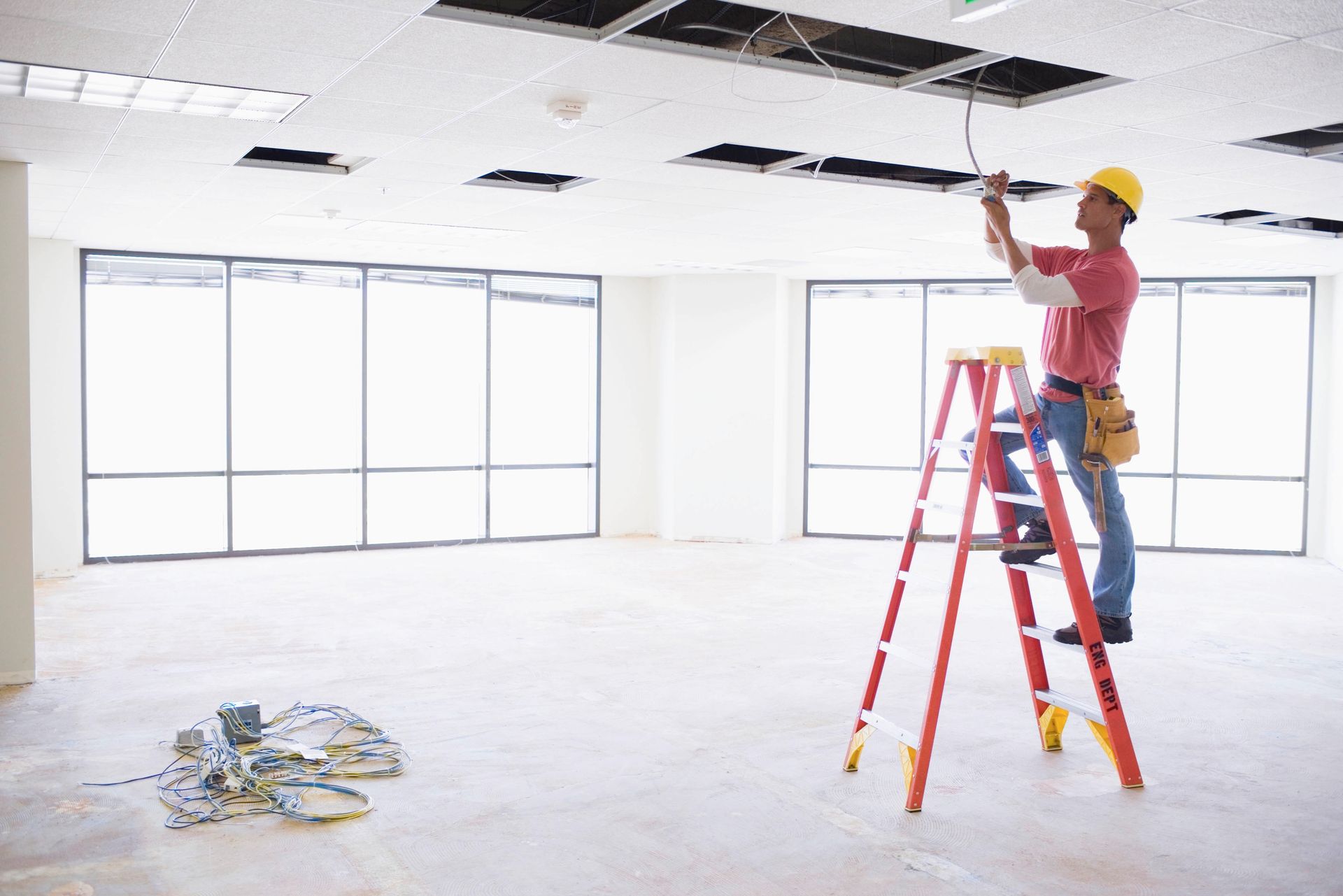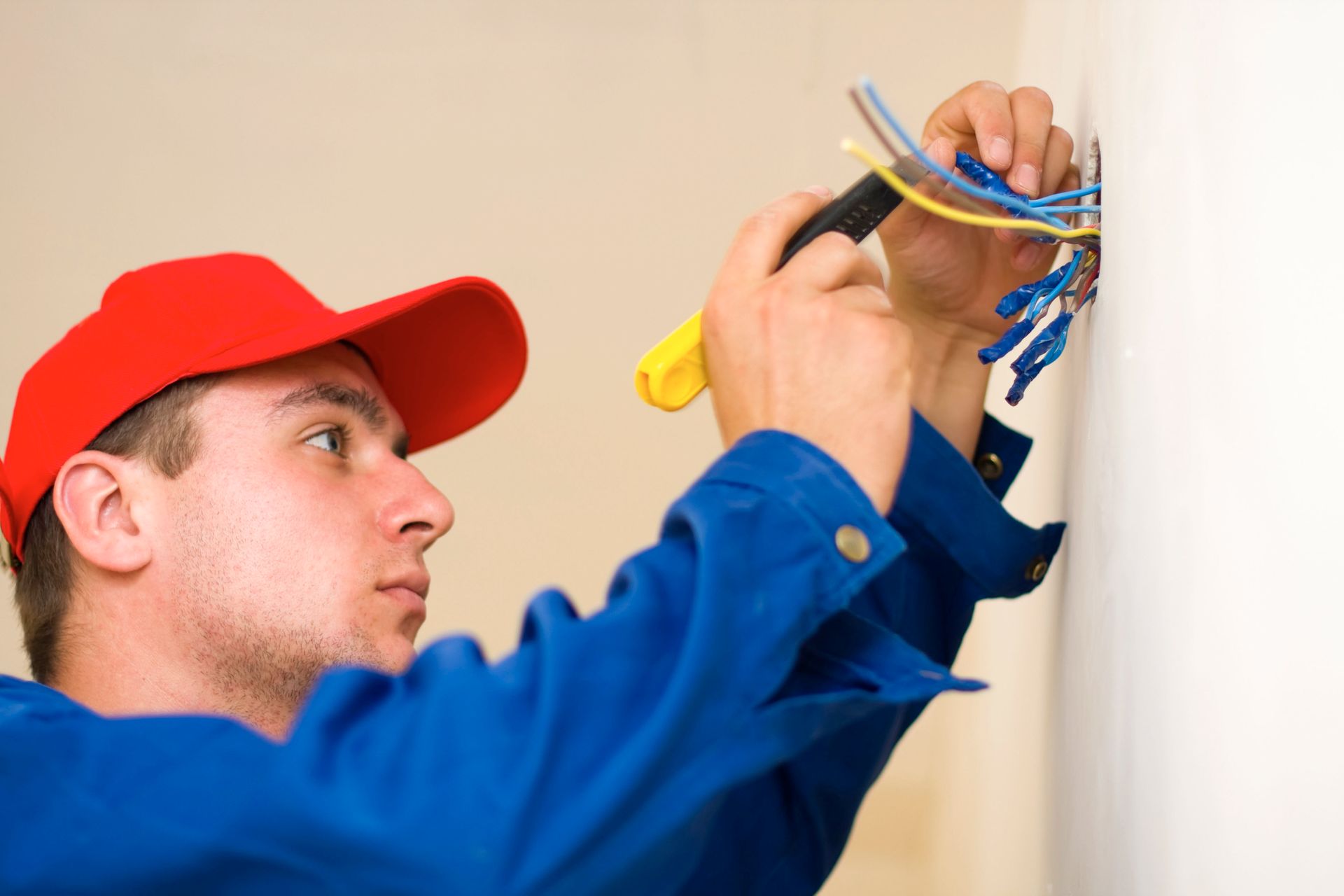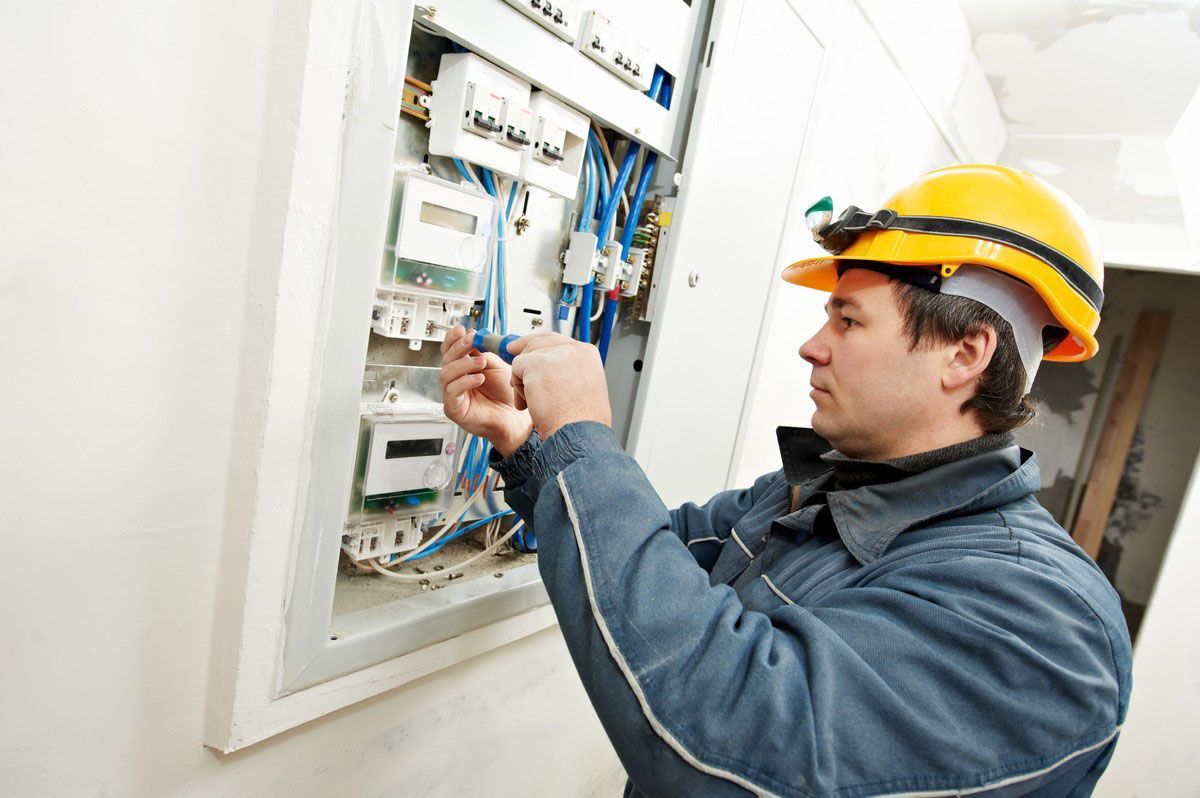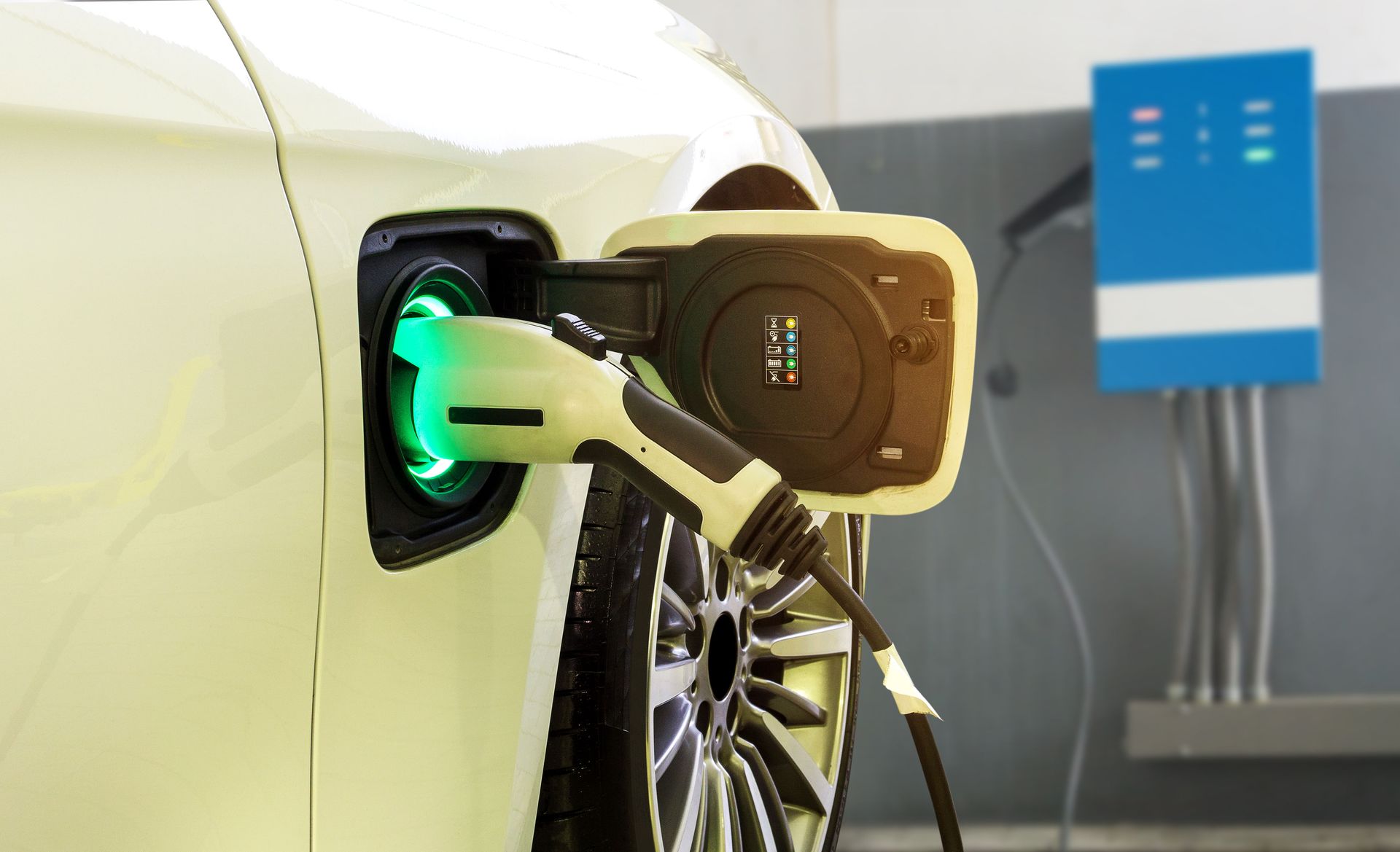October 13, 2025
Electrical safety is a critical component of the daily routine for professional electricians. In their line of work, the risk of injury or damage is inherent without adherence to strict safety protocols. This article explores how these professionals ensure safety while maintaining quality workmanship. From foundational training to advanced safety gear, the practices outlined below are integral to safeguarding electricians and the systems they work on. By understanding the ways in which electricians protect themselves and others, we gain insight into the essential role they play in modern infrastructure.
1. Rigorous Training and Certification
The journey of a professional electrician begins with a comprehensive understanding of electrical hazards. This foundational knowledge is imparted through rigorous training programs that focus on the potential risks associated with electricity. Electricians are trained to recognize dangerous situations and to respond appropriately to prevent accidents. Their education includes learning about different types of electrical hazards, such as electrical shock, arc flash, and fire. This theoretical knowledge is vital for electricians to accurately assess risks in their work environment.
Adherence to national and local codes is another cornerstone of an electrician's safety regimen. These codes are established to ensure safe electrical practices and are regularly updated to reflect advancements in technology and changes in safety standards. Electricians must stay informed about these regulations and abide by them in their work. This aspect of their training ensures that they are not only protecting themselves but also the property and lives of the people in the buildings they serve. Compliance with these codes demonstrates a commitment to excellence and professionalism in the field.
Hands-on training programs are crucial for building practical skills that can be directly applied in the field. Electricians gain experience working with real electrical systems under the supervision of seasoned professionals. This hands-on training helps them apply theoretical knowledge to real-world situations, enhancing their problem-solving abilities and boosting their confidence. Continuous education and recertification further ensure that electricians are up-to-date with the latest safety practices and technological advancements. The importance of apprenticeship cannot be overstated, as it allows novice electricians to learn from experienced mentors and develop a safety-first mindset.
2. Personal Protective Equipment (PPE)
Personal Protective Equipment (PPE) is essential in minimizing injuries and protecting electricians from potential hazards. The types of PPE used by electricians include gloves, helmets, and insulating boots, designed to protect against electrical shocks and burns. Goggles and face shields are used to guard against arc flash incidents, which can cause severe eye and facial injuries. Electricians are trained to assess the risks of each job and select the appropriate PPE to mitigate those risks. According to the U.S. Bureau of Labor Statistics, about 80,200 openings for electricians are projected each year, on average, over the decade; this underscores the need for comprehensive safety measures, including PPE.
The correct usage and maintenance of PPE are as critical as the equipment itself. Electricians must ensure that their PPE is in good condition and fit for use before starting any job. Regular inspections and timely replacements of worn-out gear are integral to maintaining safety standards. Incorrect or neglected PPE can lead to accidents, emphasizing the importance of ongoing maintenance practices. Electricians receive training on the proper use of PPE, improving their ability to protect themselves effectively.
Advances in PPE technology have enhanced the safety and comfort of electricians on the job. Modern PPE is designed to offer better protection while being lightweight and ergonomic. These advancements allow electricians to perform their tasks with greater ease and flexibility. The importance of PPE in risk mitigation cannot be overstated, and regulatory standards for PPE ensure that the equipment meets stringent safety criteria. By adhering to these standards, electricians can confidently perform their duties in a variety of environments.
3. Tools and Equipment Safety
Electricians rely on specialized tools to perform their tasks efficiently and safely. The selection of the right tools is crucial, as using inappropriate or faulty equipment can lead to serious accidents. Electricians are trained to identify and select tools that are specifically designed for their tasks. This includes insulated tools that reduce the risk of electrical shock, as well as devices that offer precision and reliability. By choosing the correct tools, electricians can minimize hazards and maintain high standards of workmanship.
Regular inspection and maintenance of tools are vital in ensuring their continued effectiveness and safety. Electricians are responsible for checking their equipment before and after use, identifying any signs of wear or damage. Maintenance routines include cleaning, lubricating, and adjusting tools to keep them in optimal working condition. This proactive approach prevents unexpected tool failures that could compromise safety on the job site. Safe handling and storage practices further contribute to prolonging the lifespan of tools and preventing accidents.
4. Workplace Safety Protocols
Professional electricians adhere to workplace safety protocols to prevent accidents and injuries. A thorough assessment of job site hazards is the first step in identifying potential risks. Electricians are trained to recognize various dangers, such as exposed wires and damp conditions, and to take preventive measures to mitigate these risks. Implementing lockout/tagout procedures is crucial in ensuring that electrical safety systems are de-energized and safe to work on. These protocols prevent accidental energization, protecting electricians and other workers on the site.
Establishing safe working distances is another important aspect of workplace safety for electricians. By maintaining a safe distance from live electrical components, electricians minimize the risk of electric shock and arc flash incidents. To achieve this, they use tools with insulated handles and follow guidelines that outline safe approach boundaries. Dynamic risk assessment on site is an ongoing process, allowing electricians to adjust their safety practices in response to changing conditions. Continuous communication with colleagues is vital in maintaining a safe working environment and ensuring everyone is aware of potential risks.
The importance of clear communication cannot be overstated when it comes to electrical safety. Electricians must be able to convey risks and necessary precautions to colleagues effectively. This involves using common terminology and understanding workplace signals and signs. Good communication also involves actively listening to others and responding to their concerns. By prioritizing clear communication, electricians create a collaborative work environment that enhances safety and efficiency.
5. Emergency Response Preparedness
Electricians must be prepared for emergencies, as incidents can occur despite the best prevention efforts. Strategies for incident prevention are integrated into their daily practices, focusing on identifying and mitigating risks before they result in accidents. However, when emergencies occur, having an effective response plan in place ensures a rapid and coordinated effort to minimize harm. Electricians work with safety officers and other team members to develop comprehensive emergency response plans, which include specific actions to take in various scenarios.
Training on first aid and CPR is an essential component of an electrician's emergency preparedness toolkit. Electricians must be able to provide basic medical assistance in the event of an accident while waiting for professional medical help to arrive. This training equips them with the skills needed to save lives and reduce the severity of injuries. Documenting and analyzing near-misses is also an important practice, offering valuable insights into potential hazards and highlighting areas for improvement in safety protocols. By learning from these incidents, electricians can prevent future accidents and enhance safety measures.
Professional electricians prioritize electrical safety by adhering to rigorous training, utilizing protective equipment, ensuring tool safety, following workplace protocols, preparing for emergencies, and fostering a culture that prioritizes safety above all. These practices not only mitigate risks but also enhance the quality and efficiency of their work. By continually adapting to new technologies and advancing safety standards, electricians set the benchmark for occupational safety across industries. As the demand for electricians continues to grow, as indicated by the projected job openings each year, maintaining high safety standards remains critical. Through their dedication to safety, electricians protect themselves, their colleagues, and the communities they serve. For more information about the services that we offer, reach out to our incredible team at Larsen Electric today!




